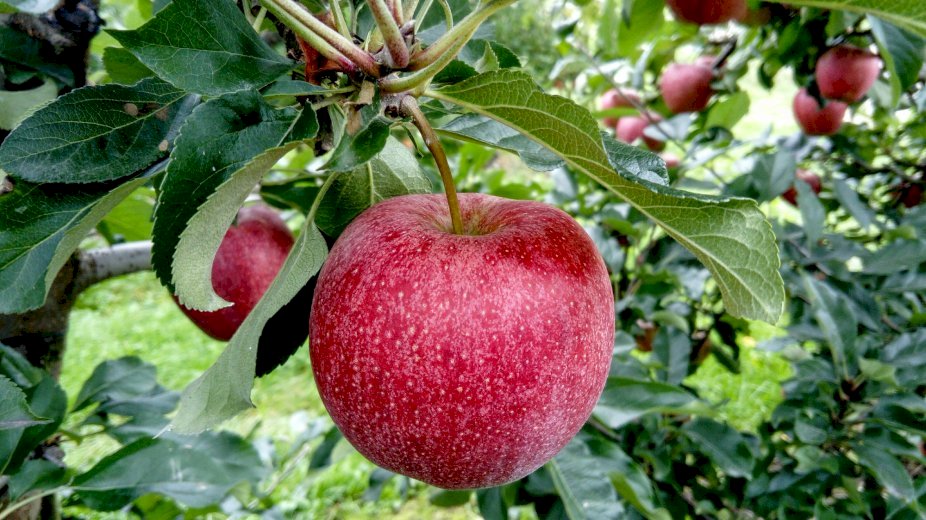What do consumers seek in food these days? They surely appreciate short labels and reduced number of additives. They also tend to choose products that are beneficial to their health and therefore they look for ingredients to balance their diets. One such ingredient is food fiber.
Food fiber can be obtained from different raw materials. The one that is exceptionally valued is apple fiber. It is renowned for its organoleptic and technological properties.
Due to this, apple fiber it is used by food producers all over the world. Most commonly, it is applied in bakery, but also in snacks, meat industry, beverages, dairy, diet supplements or pet food. The highest number of launches is seen in North America, Australia and China, while in Europe Germany and Italy are the leading countries.
Interview with Arkadiusz Matraszek, food technologist in Interfiber’s R&D Department
As a technologist you had many opportunities to test apple fiber in different applications, mainly in bakery. What benefits of applying the fiber have you observed?
Apple fiber is a natural product that offers many possibilities. Most of all, it works as a coloring ingredient thanks to its brownish colour. Bread, rolls and biscuits gain the appearance of products perceived as health beneficial. The final applications are also fresh in taste and flavour, not typical of apples but with this specific delicate feeling of freshness.
Does apple fiber provide technological benefits as well?
Naturally! As I mentioned before, apple fiber positively influences sensory properties of the application. Apart from them, it also shows a number of technological benefits. It stabilizes the final product due to its water binding properties. The dosage range is quite wide; starting with 0.5% up to 5% depending on the product. What’s important is the fact that different industries use different dosage calculation methods; some use apple fiber to flour ratio, others – apple fiber to total ingredients mass ratio. Obviously, as a fiber producer, we support our clients with optimal dosage determination.
Could you tell us more about any other interesting apple fiber applications?
It is used as an ingredient in fruit fillings production. It stabilizes the mass and thanks to its water binding properties it reduces the risk of softening the cake or crust. Therefore, it is widely used in fruit-filled bakery production, especially apple pies. In shortcakes it provides this delicate fresh taste, enhances the texture and crumbliness.
Once we decide to apply the fiber in bakery, do we need to introduce significant changes in the recipes that we use?
No, the application is very simple and doesn’t demand any additional steps in the technological process. The only change that may be necessary is with the increased amount of water addition. Based on our studies, we have many formulations for bakery products containing apple fiber. Each of our clients is supported with our expertise. The technological studies that we have conducted along with the sensory blind tests guarantee optimal results.
Is apple fiber perceived as an environmentally friendly product?
Apple fiber is produced from parts of apples that are rich in fiber, the rest is used for juice production. A real zero waste solution! Moreover, the apples that we use for our Apple Fiber production are sourced locally, further minimizing the carbon footprint for this product.
Concluding our conversation, apple fiber is an ingredient that provides a number of benefits both technological and nutritional.
Also, it is easy in application. I would like to encourage our readers to look into details of our study on biscuits with apple fiber, the results may turn out to be very interesting for many producers. As I said before, apple fiber is an excellent solution as a standalone ingredient, but we also offer it in mixes for bakery, such as Unifit.
Thank you for the conversation!



